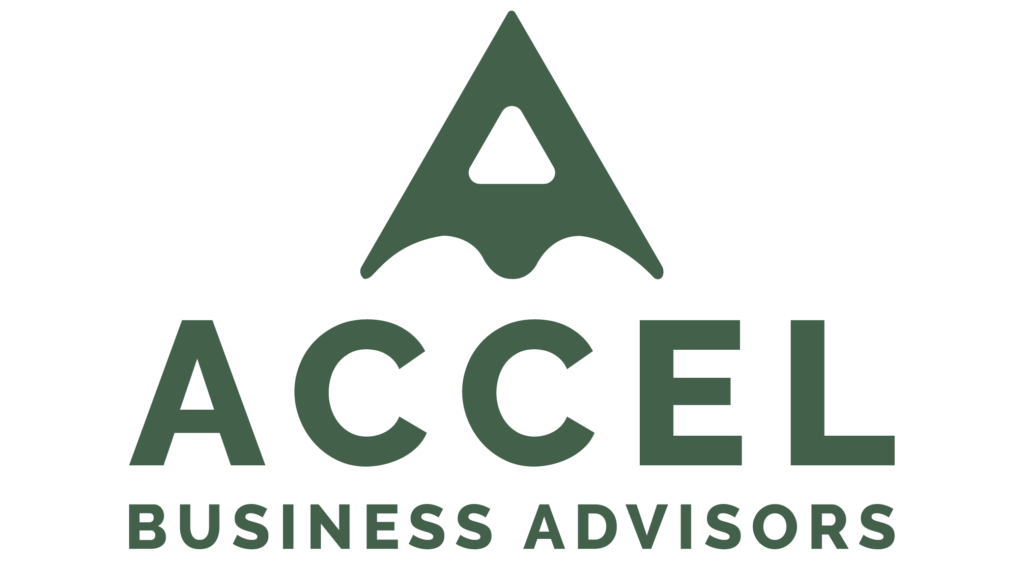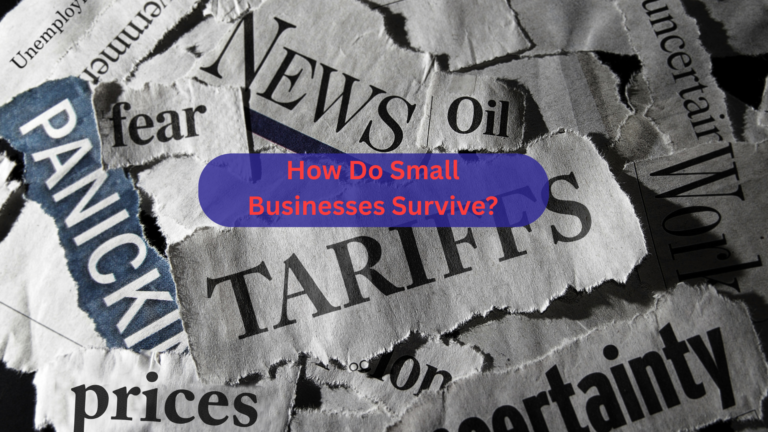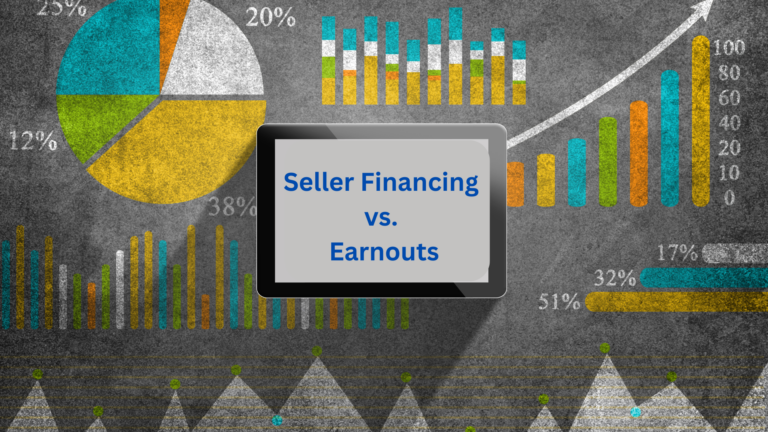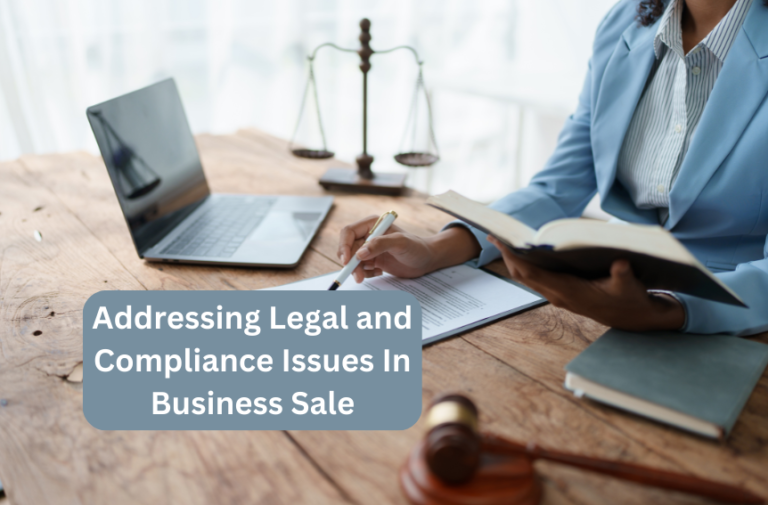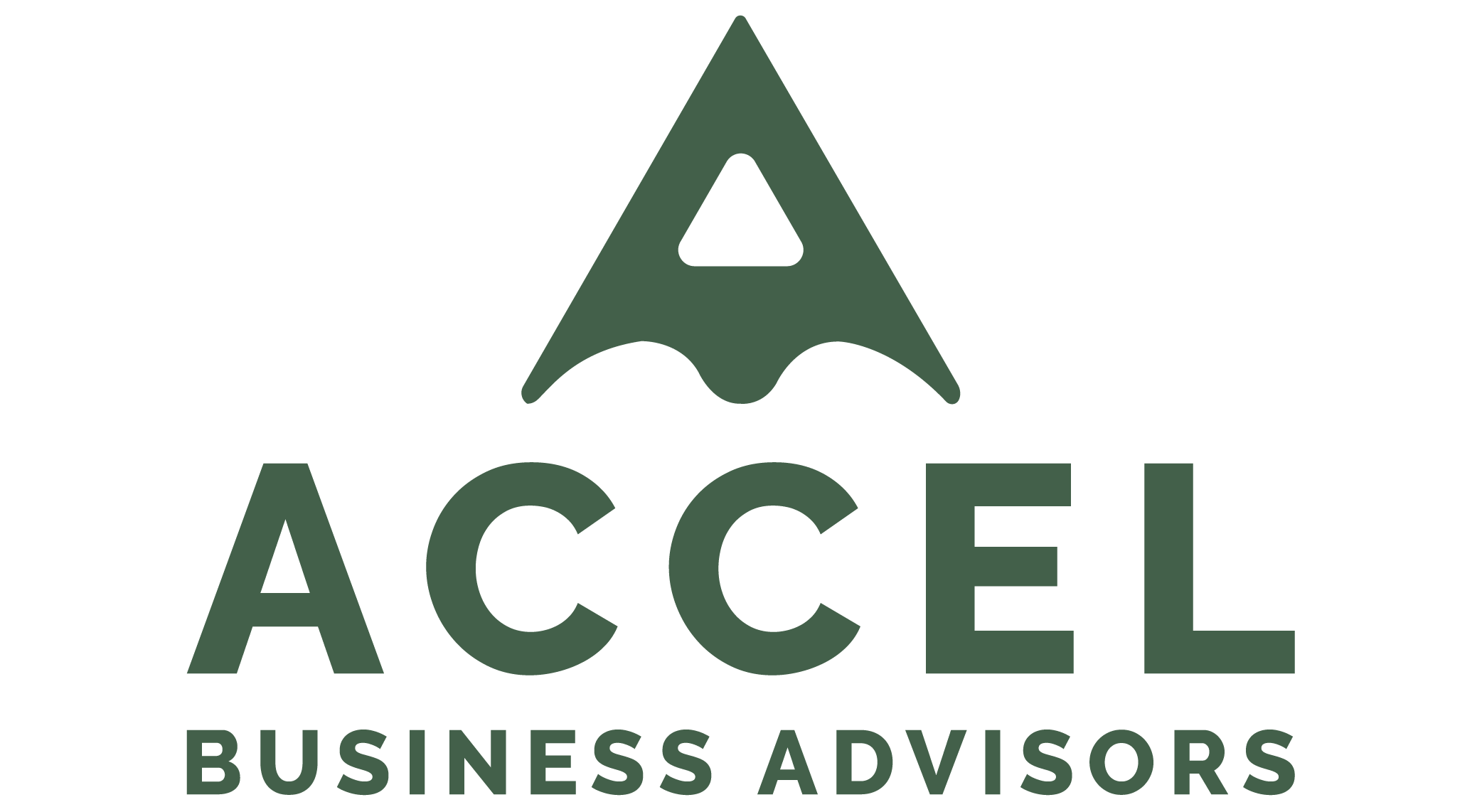Selling a business is a big decision and a complex process. While the specifics can vary based on the business and the broker involved, I want to share a general overview of what the process typically looks like. Here’s how I guide my clients through the journey of selling their businesses:
1. Initial Meeting: Setting the Foundation
The process starts with a one-on-one meeting between me and the business owner. During this meeting, I learn about the business, the owner’s reasons for selling, and what their goals are for the future. It’s also a time to discuss whether the owner is emotionally and mentally prepared for the sale and what happens afterward. I make sure the owner is clear on what to expect and is emotionally ready for the transition.
2. Valuation Discussion: Understanding the Business’s Worth
The next step is discussing the value of the business. I may provide an Opinion of Value or recommend a formal Business Valuation. This helps set realistic expectations for the sale price and gives both the owner and potential buyers a clear understanding of the business’s market value. We have discussed how a business is valued in our last episode. You may check out here for more details.
3. Engagement Letter: Formalizing the Relationship
Once the business owner decides to move forward and we agree on an expected value, we formalize the process by signing a representation agreement. This document outlines my role as a broker and the terms of our relationship moving forward.
4. Preparation of the Confidential Information Memorandum (CIM)
A critical part of the sales process is the preparation of a Confidential Information Memorandum (CIM). This document provides a detailed overview of the business and answers the majority of questions potential buyers will have. I work closely with the business owner to ensure this document is accurate and comprehensive before sharing it with any buyers.
5. Marketing the Business: Reaching the Right Buyers
Once the CIM is approved, I begin the marketing process. The business is listed on websites like BizBuySell, and I also tap into my network and database of potential buyers. In addition, I may reach out to strategic buyers, such as those in similar industries or Private Equity Groups and family offices, who might be interested in acquiring the business.
6. Finding the Right Buyer: Screening and Matching
Within a few weeks, I typically start to see interest from potential buyers. Some businesses attract more attention than others, but I’m focused on finding the right fit. I screen buyers, have initial conversations with them, and only introduce the most serious and capable candidates to the business owner. Buyers are required to sign an NDA before they can receive any confidential information on the business.
7. Buyer-Seller Meetings: Negotiating the Terms
Once a buyer expresses serious interest, we arrange a meeting between the buyer and the seller. During the meeting, it is like a first date where the buyer can ask questions about the business and at the same time the seller can ask the buyer questions to assess if this is the right person who can take over the business. After the initial meeting, if the buyer is still interested, he or she will submit an offer or a letter of interest (LOI). This outlines the proposed price, payment terms, contingencies, and other important details. It’s an exciting moment as we move closer to finalizing the sale.
8. Due Diligence and Financing: Verifying the Deal
Once an offer is accepted, the due diligence phase begins. This is where the buyer verifies the financials, operations, and legal standing of the business. If financing is involved, this phase can take 2-3 months while the lender can conduct its underwriting. During this time, I help facilitate the process by ensuring everything is in order, introducing the right legal and tax advisors, and helping the buyer secure the necessary financing.
9. Closing and Transition: Finalizing the Sale
The final phase is the closing and transition. This is where we finalize all legal and financial documents, such as the purchase agreement and closing statements, and transferring essential operational information, including access codes, client lists, email accounts, phone numbers, website and supplier contracts. The seller often stays involved for a short period after the sale to help with training and transition, ensuring a smooth handover of the business. Effective communication is essential during this phase to ensure the business continues to thrive under new ownership.
Takeaways: A Smooth and Successful Sale
Selling a business is a multi-step process that typically takes 6-12 months, but every stage—whether it’s valuation, finding the right buyer, or completing due diligence—requires attention to detail. Having an experienced business broker by your side can make all the difference in ensuring a smooth and successful sale.
If you’re thinking about selling your business in California, please schedule a free consultation with me here.
